What is nougat?
Praline, gianduia and more
Text:
Katharina Kuhlmann
Photography:
© iStock, Yommy8008
23 Februar 2023
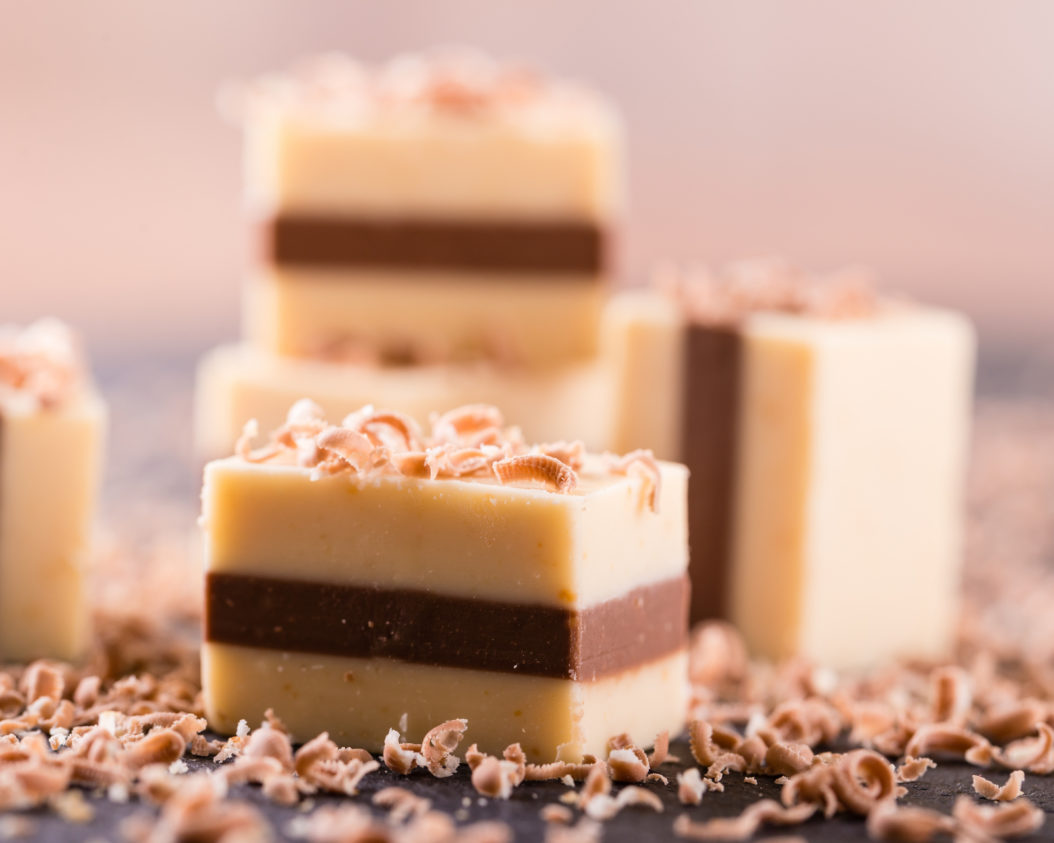
Once you have tasted this sweet, delicious substance, there is no looking back. Whether known as nougat, praline, gianduia or noisette, we are referring to the enticing, dark confectionery, which has become a fixture of pralines, chocolates and spreads. But how do the various types of nougat differ and what is nougat actually made from?
Two basic types: brown nougat and white nougat
Anyone who has ever wandered past a stall serving fresh nougat is likely to have been astonished by the range of nougats available. In addition to classic nougat, which we combine with chocolate, there are also light varieties, which are garnished with all kinds of nuts, fruits and more. Is this all the same type of nougat? In a word, no. There are two basic types of nougat – brown nougat and white nougat – and they are very different from one another.
What is brown nougat?
First things first: even though they often appear as a combo, nougat is not chocolate. Instead, nougat is a confectionery made from sugar, fat, almonds or hazelnuts and cocoa or cooking chocolate. Nougat also looks different from chocolate. It has a lighter brown colour. Needless to say, there are also exceptions here, such as green pistachio nougat. Thanks to its relatively high fat content, nougat is soft and literally melts in the mouth. Other names for nougat include nugat, the French word “praline” or “noisette”. The latter is a little misleading, as, strictly speaking, it is a chocolate featuring finely ground hazelnuts. The Italian name “gianduia” is also common. It is a reference to the Piedmont province and specifically the city of Turin, which is said to be the home of modern nougat.
What is white nougat?
Unlike brown nougat, white nougat does not contain cocoa. Whipped egg whites are combined with honey and other ingredients, such as nuts or candied fruit. The resulting aerated confectionery is far softer than brown nougat and tastes completely different. White nougat originates from the Mediterranean region and the Near East. The confectionery also has a longstanding tradition in the Netherlands and France. Known as , there are a number of famous varieties including Gaz (Persia), Turrón (Iberian Peninsula), Torrone (Italy) and Montélimar nougat (France).
Hazelnut nougat – how classic nougat is made
Hazelnut nougat is by far the most popular type of nougat in Germany. When it comes to manufacturing this nougat in line with the Turin gianduia tradition, the focus is on the special flavours of the roasted nuts, which lend the nougat its typical flavour. As such, special attention should be paid to the roasting process in a roasting machine during production. The nuts must also be carefully harvested. It is not possible to fully rule out fluctuations in quality caused by the harvest itself, especially when it comes to untreated organic hazelnuts.
Once roasted, the kernels are crushed, mixed together with sugar, fat, cocoa butter and cocoa mass (or milk powder) and kneaded into a nougat. The nougat is then rolled out – some nougats are fairly thick, while others can be very thin. When it comes to nougat used in chocolate, the thin versions are generally preferred.
As with chocolate production, the nougat is then warmed and stirred in a conche as part of a lengthy process. By tempering and drawing out the individual particles during the conching process, you are left with a really fine and creamy consistency. The final colour of the nougat depends on the amount of cocoa powder added.
Turkey: the land of hazelnuts
The more hazelnuts a nougat contains, the higher the quality and the more solid the nougat. There is a clear price difference between nougats made with organic or fair-trade nuts and standard nougat. The main growing regions for hazelnuts include Turkey, Italy, Azerbaijan and the USA. Turkey is the largest exporter of organic hazelnuts. One of the main differences of organic hazelnuts is that the nuts are not fumigated with the poisonous methyl bromide to protect them during storage. Chemicals cannot be used to bleach the nut shells either, unlike in conventional farming where this process is used to make the shells look better or to make them easier to open.
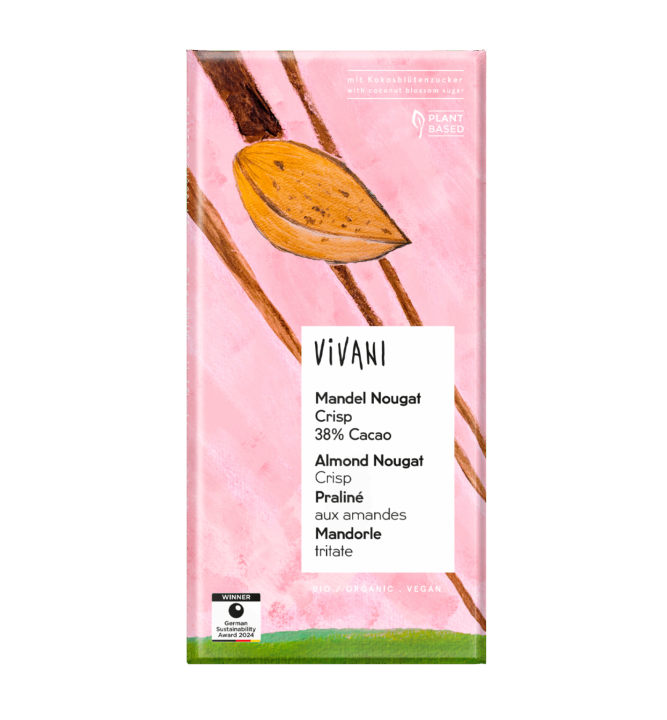
Almond Nougat Crisp
38 % Cocoa | vegan | with coconut blossom sugar
Nougat foncé
Gianduja | végétalien
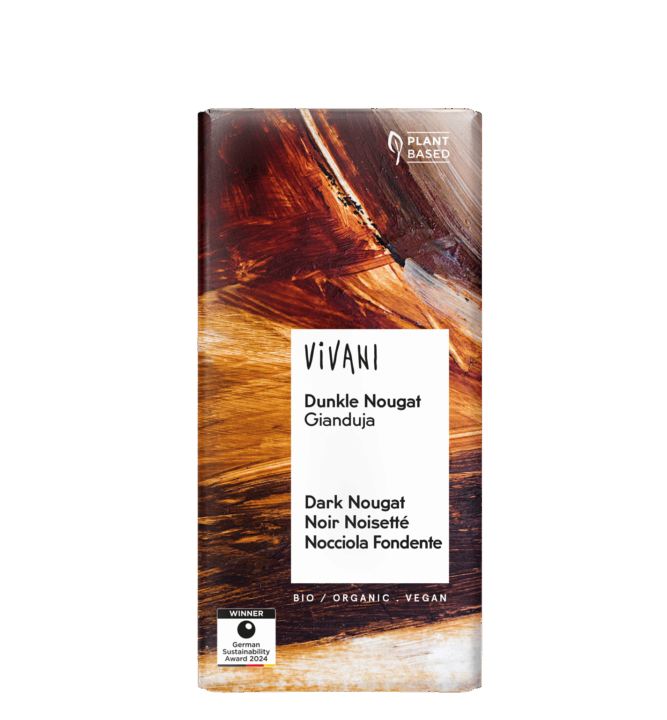
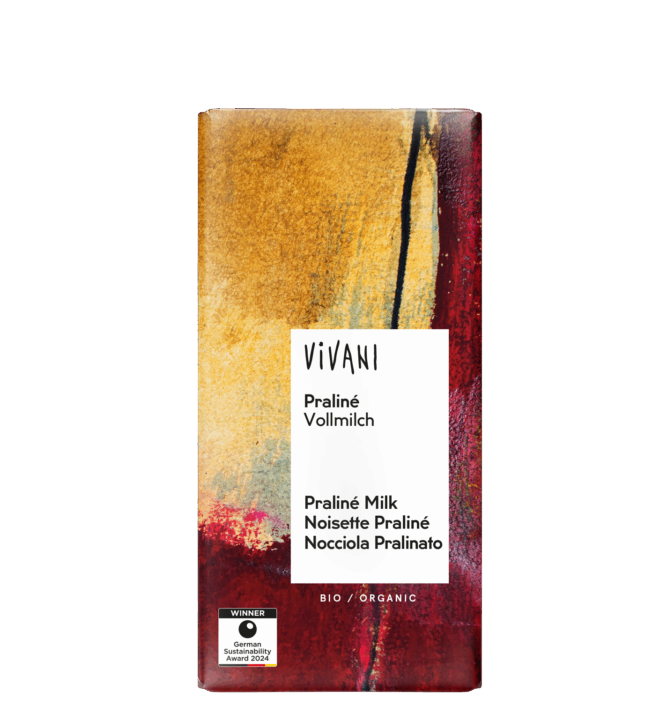
Lait Praliné
Nougat foncé Croccante
Vegan
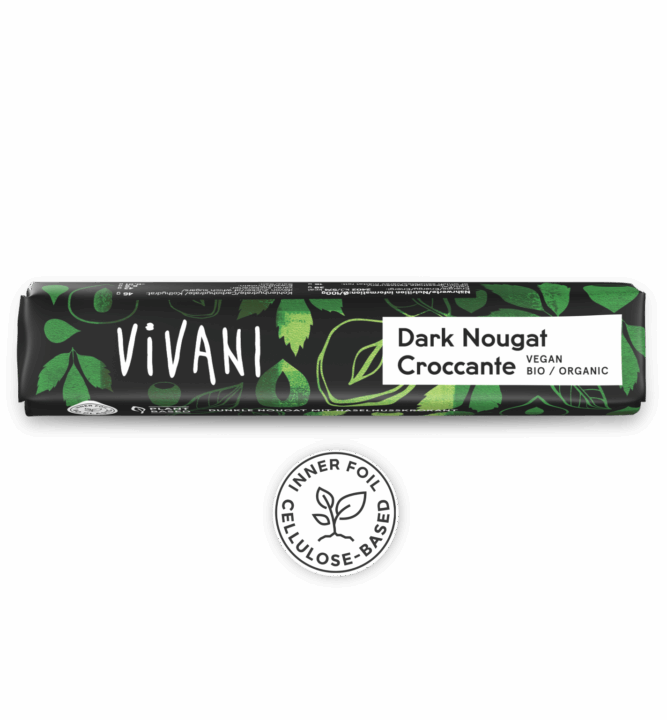
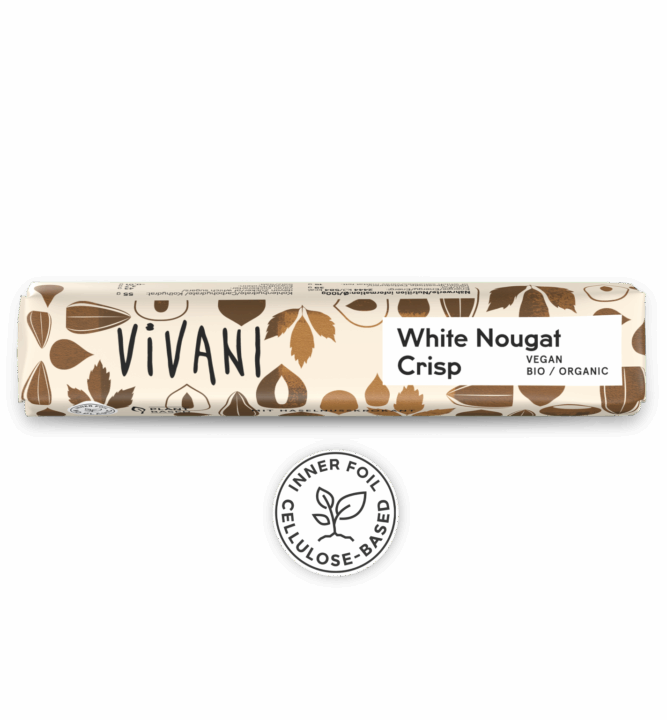
Croustillant au nougat blanc
Vegan
Latte Macchiato Praliné
Nougat & White Chocolate
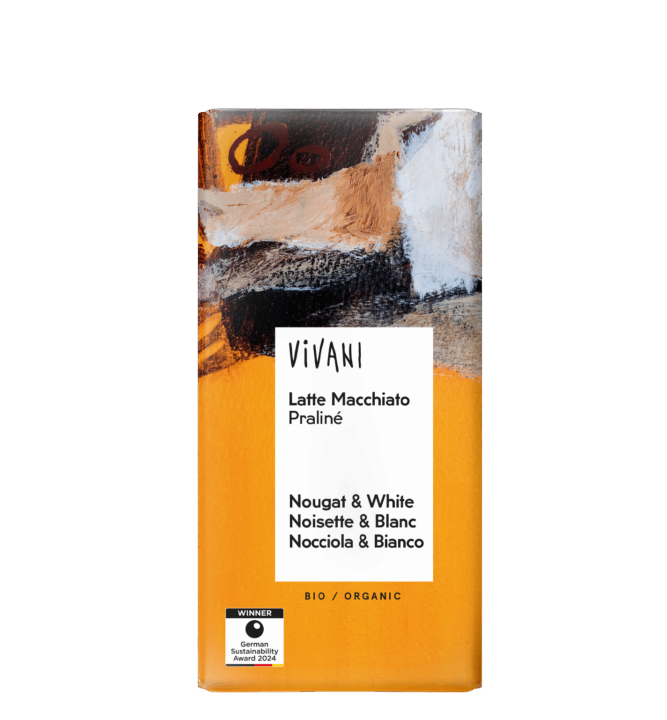
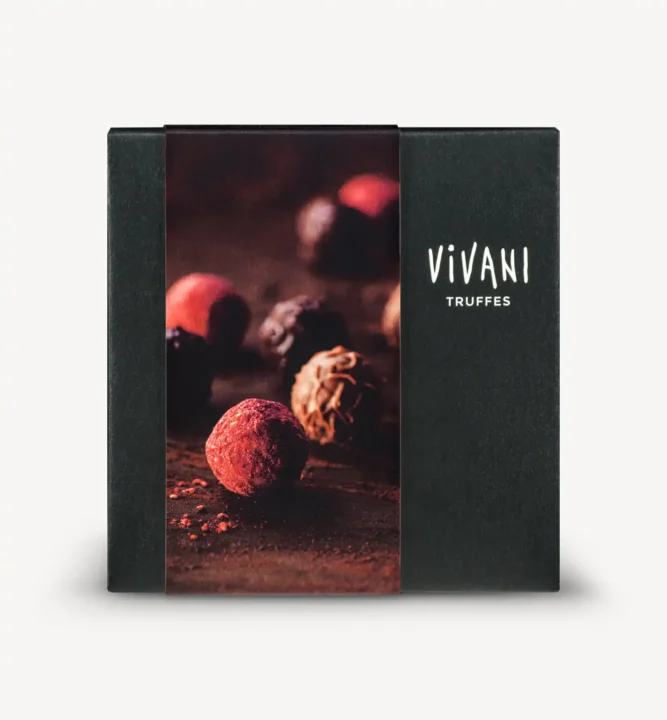
Truffes
Sélection de truffes faites à la main
Related
If you like it, you also like ...
Recettes
Verwandte Artikel
Le journal du chocolat

